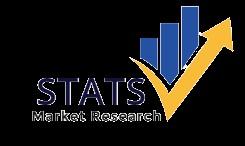














2D gesture recognition technology enables computers to interpret human gestures using standard two-dimensional cameras. Unlike more complex 3D systems that require specialized depth-sensing hardware, 2D recognition relies on computer vision algorithms to analyze static images or video frames. This technology primarily focuses on identifying predefined static gestures (like hand shapes) or simple dynamic motions (such as swipes), making it particularly useful in applications where costeffectiveness and basic interaction capabilities are prioritized.
The market growth is driven by increasing adoption in consumer electronics, particularly smartphones and smart TVs, where gesture control offers a touchless interface alternative. North America currently dominates with 47% market share (2023 data), followed by China and Europe. However, the technology faces challenges in accuracy limitations compared to 3D systems and requires ongoing advancements in AI-based recognition algorithms to expand its application potential beyond basic commands.








Global 2D Gesture Recognition market size was valued at USD 155 million in 2024 and is projected to grow from USD 196 million in 2025 to USD 929 million by 2032, exhibiting a CAGR of 29.9% during the forecast period.








Consumer Electronics
Gaming
Industrial and Building Automation
Healthcare








• Static Gesture Recognition
• Dynamic Gesture Recognition








• Microchip Technology (U.S.)
• Megvii (China)
• Microsoft (U.S.)
• Baidu (China)
• GestureTek (Canada)
• Sensetime (China)
• Ultraleap (U.K.)
• Zienon (Japan)
























